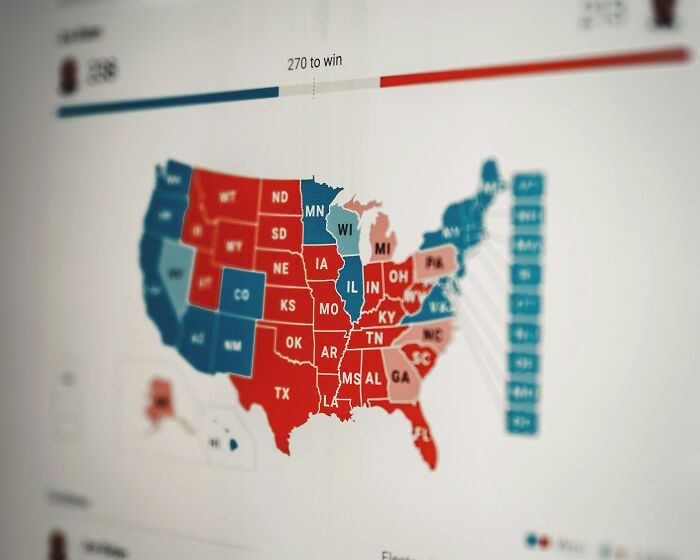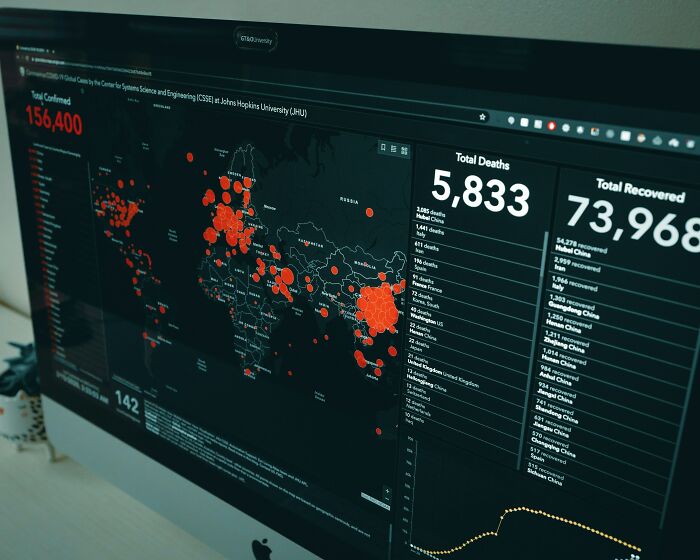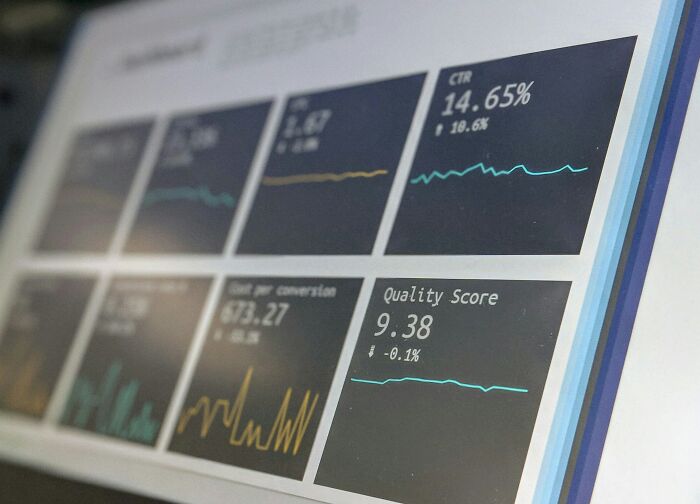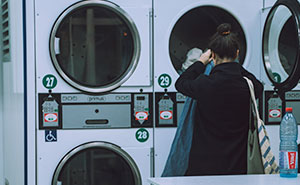Although it provides many unique insights, people tend to spout numbers without truly understanding the context behind them. These misinterpreted stats can put you on the wrong path completely and change the narrative of a story. Which is exactly what you’ll find in the examples shared in this list.
More info: Reddit
Torvaun , Julia Volk Report
_forum_mod , C Joyful Report
IrianJaya , Clay Banks Report
Not only do regular people tell half-truths with stats, but it’s also professionals who sometimes muddy the waters. A shocking survey of scientists found that 33.7% of them had engaged in questionable research practices like changing the results of studies to improve outcomes, subjectively interpreting data, and holding back on certain analytical details.
_forum_mod , RDNE Stock project Report
Brainsonastick , David Peinado Report
JoeMorgue , Joseph Chan Report
People also tend to fall prey to the issue of sample sizes. For example, let’s say there’s a survey wherein 60% of the respondents preferred Version A over Version B. Obviously, you’d imagine that Version A was the superior option. If the number of people surveyed were 10,000, that would be a pretty significant sample size to back up the research. But if you found out that the number of people surveyed was only 20, then it would mean that just 12 people preferred Version A. That’s why the context behind the statistic matters.
Dutchess_of_Dimples , Tima Miroshnichenko Report
offbrandbarbie , Alexander Dummer Report
greeneyedwench , cottonbro studio Report
“If I were to tell you that we have a 1 in 80 lifetime risk of pancreatic cancer, that means that out of 400 people who don’t eat bacon, we would expect 5 of them to get pancreatic cancer anyway. A 20% increase in this means that if you took 400 people who ate bacon every day, we would expect 6 of them to get pancreatic cancer. So only an extra 1 person in every 400. Which doesn’t sound anywhere near as shocking as a 20% increase,” she added.
dasssitmane , Farhad Ibrahimzade Report
c3534l , Giorgio Trovato Report
pm-p**sy4kindwords , Clay Banks Report
She stated, “One of my favorite stories is that Colgate came under fire for one of its advertising campaigns that stated that ‘80% of dentists recommend Colgate.’ It was reported for being misleading and suggesting that this meant dentists recommend Colgate over other brands. But that wasn’t how the data was collected, dentists were told to recommend several toothpaste brands, so it wasn’t that 80% recommended Colgate and 20% recommended other brands,” she added.
MatthewHecht , RDNE Stock project Report
robjapan , Jean Balzan Report
Bella1904 , Pixabay Report
Candersx , Walter Torres Report
SubmissiveDinosaur , emre keshavarz Report
Warp-10-Lizard , musicFactory lehmannsound Report
“We are bombarded with data and statistics now on a daily basis, so I think it’s really important for us all to have a certain level of critical thought to challenge what we see. If we’re expected to use statistics to make decisions about our day-to-day lives, it’s really important to understand what questions we need to ask to be able to fully understand the context of what we’re being presented with,” she added.
Charr49 , Kampus Production Report
Bross93 , Erik Zünder Report
TwinkleTwinkleBaby , Stefan Stefancik Report
In what population/country/year was this statistic collected, and how generalizable is it to what I’m interested in?Who are the people surveyed to get this statistic, and do they have a vested interest in it?What is the uncertainty on any figure that you see?What do the numbers even mean?
Valuable_Anywhere_24 , rc.xyz NFT gallery Report
Redlum13 , Michael Burrows Report
Ok-Camera-1979 , Andrea Piacquadio Report
ferocitanium , Rosemary Ketchum Report
EntrepreneurOk7513 , Stephen Dawson Report
Privateaccount84 , Karolina Grabowska Report
SlowBat9250 , Karolina Grabowska Report
Follow Bored Panda on Google News!
Follow us on Flipboard.com/@boredpanda!











































































































